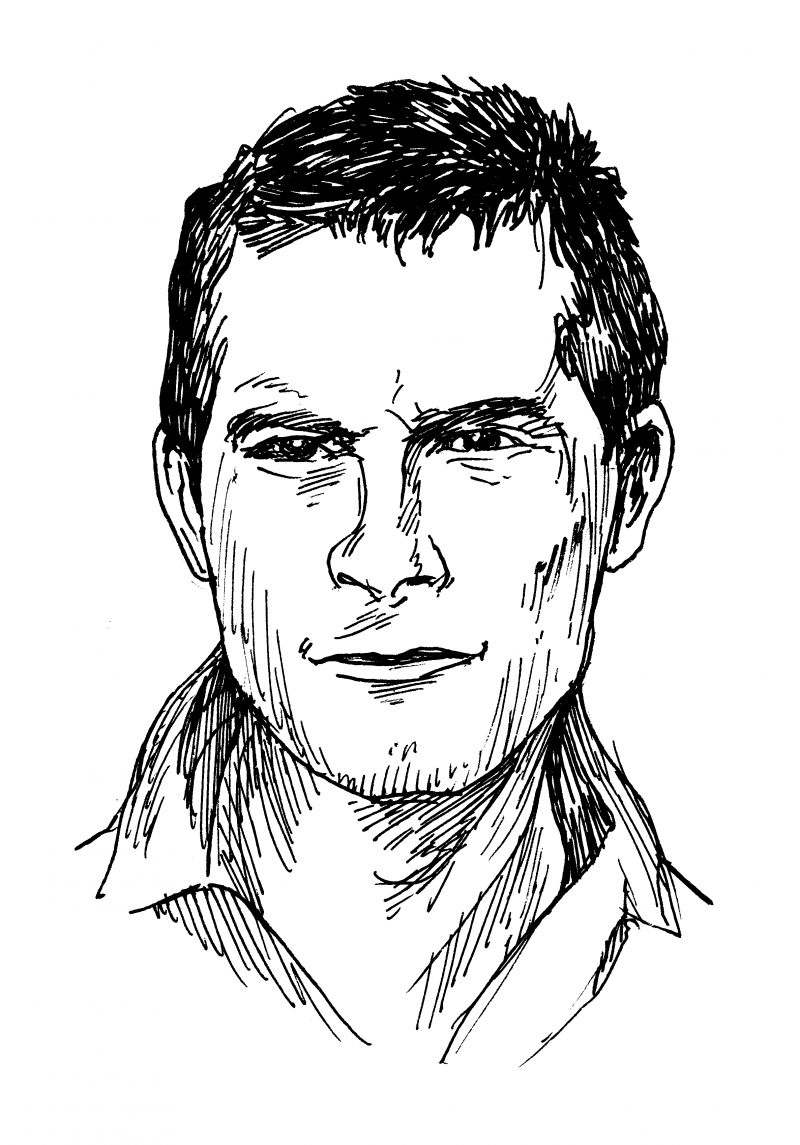Bear Grylls is the author of over twenty books, including a series of adventure stories for children. In the early 2000s he found international fame as TV host of the Discovery survival series Man vs. Wild. Trained from a young age in climbing and martial arts, he spent three years as a soldier in the British Special Forces. At the age of twenty-three, despite a fourteen-thousand-foot free-fall accident in Tanzania, during which he broke his back in three places, he became the youngest Brit ever to summit Mount Everest. His subsequent feats include the first circumnavigation of the British Isles on Jet Skis in 2000, the first unassisted crossing of the North Atlantic in an open boat in 2003, the highest open-air formal dinner party in 2005, and the youngest election to chief scout in 2009. On a Friday morning in July, I called him at home, as he was in between promotional tours for his network reality series Get Out Alive.
—Noah Pisner
PART I
THE BELIEVER: You once ate a partially rotted zebra carcass. Weren’t you worried you’d get sick?
BEAR GRYLLS: It wasn’t the zebra I was worried about. It was a lion kill, and they’d eaten all the soft organs of the zebra—heart, liver, all of that. The lions had gone off to drink because of the amount of protein they’d gorged on, but I knew they’d come back and finish off the rest. I got there right when they’d just gone off to drink, and I knew my time was limited. The lions would be coming back soon. So it was more about getting in quick. I got my knife and hacked away as much of the meat off the neck as I could. It was very strong-tasting meat raw. It’s like a steak covered in mosquito repellant.
BLVR: Are lions color-blind?
BG: No. They see color.
BLVR: What good are zebra stripes, then?
BG: The stripes on each zebra are different. They’re a unique identifier, like a fingerprint. It’s really about breaking up shape. The white horse is very distinctive, but you start putting some patterning on them and it breaks it up for the eye. As a predator or prey, you want to break up shape. There are very few regular patterns in nature.
PART II
BLVR: Tell me about human camouflage.
BG: The giveaways for camouflage are shape, shine, shadow, sound, and silhouette. If you want to stay camouflaged, you got to work those out. The human shape is very distinctive. Against the skyline it’s easy to see the head and shoulders. Then there’s shine: things reflecting, like jewelry or watches or glasses. There’s silhouette: skyline, shadows. And then...
You have reached your article limit
Sign up for a digital subscription and continue reading all new issues, plus our entire archives, for just $1.50/month.
Already a subscriber? Sign in





